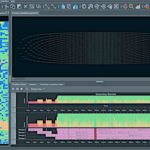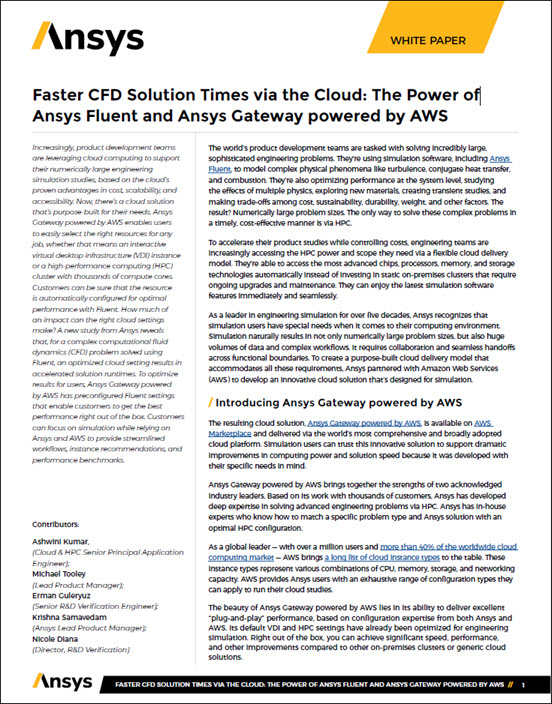Some deep learning applications tend to have very complex graphs with thousands of nodes and edges. To make it easier to visualize, analyze, design, and tune such complex parallel applications employing Intel TBB flow graphs, Intel provides Intel Advisor Flow Graph Analyzer (Intel FGA). It gives developers a comprehensive set of tools to examine, debug, and analyze Intel TBB flow graphs.
Intel Advisor’s TBB Flow Graph Analyzer: Making Complex Layers of Parallelism More Manageable
C++ Parallel STL Introduced in Intel Parallel Studio XE 2018 Beta
Parallel STL now makes it possible to transform existing sequential C++ code to take advantage of the threading and vectorization capabilities of modern hardware architectures. It does this by extending the C++ Standard Template Library with an execution policy argument that specifies the degree of threading and vectorization for each algorithm used.
Intel MKL and Intel TBB Working Together for Performance
When used in a TBB environment, Intel has demonstrated a many-fold performance improvement over the same parallelized code using Intel MKL in an OpenMP environment. Intel TBB-enabled Intel MKL is ideal when there is heavy threading in the Intel TBB application. Intel TBB-enabled Intel MKL shows solid performance improvements through better interoperability with other parts of the workload.
Speed Your Application with Threading Building Blocks
With modern processors that contain a large number of cores, to get maximum performance it is necessary to structure an application to use as many cores as possible. Explicitly developing a program to do this can take a significant amount of effort. It is important to understand the science and algorithms behind the application, and then use whatever programming techniques that are available. “Intel Threaded Building Blocks (TBB) can help tremendously in the effort to achieve very high performance for the application.”






